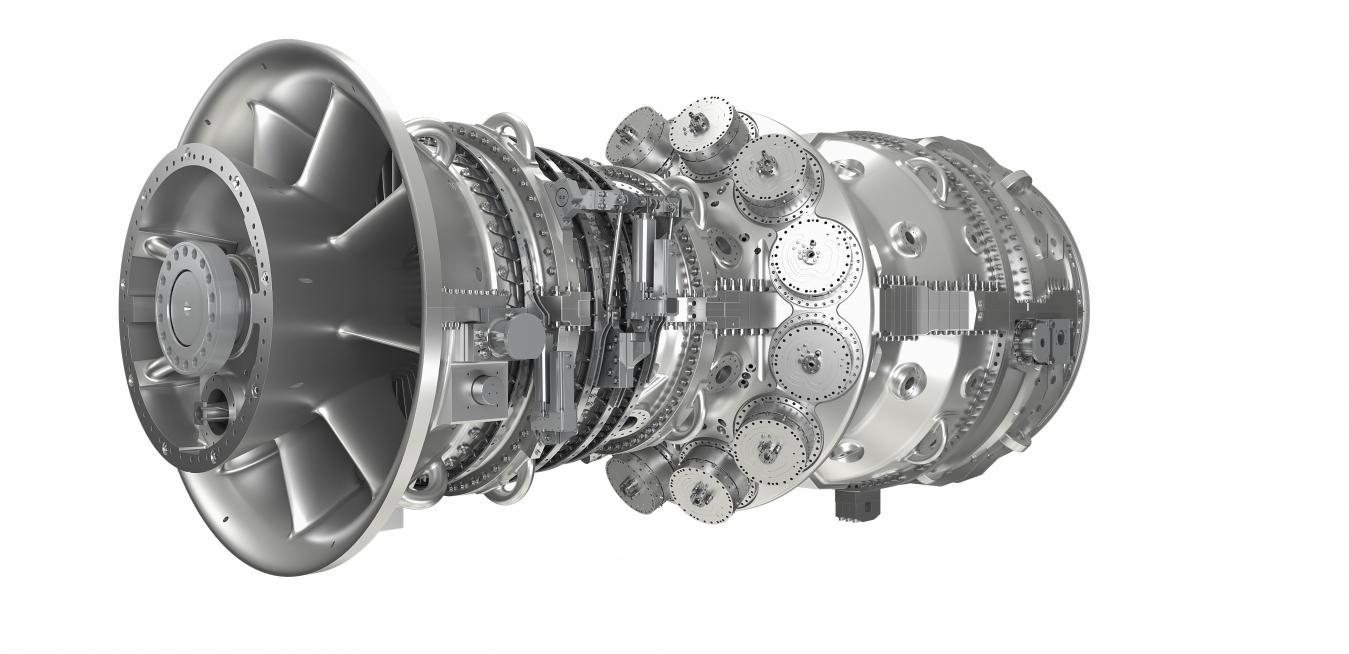Taiwan has long had one of East Asia’s most dynamic economies, helping revolutionize industries like electronics and communications. Now Taiwan, which has historically imported vast volumes of fossil fuels to power its growth, is also making good progress on its pledge to generate 20% of its electricity from renewable energy by 2025. Renewables made up nearly 14% of Taiwan’s total installed capacity in 2019, up from less than 9% in 2015, according to government statistics.
GE has a crucial role to play in smoothing Taiwan’s transition to this new energy era. Together with its local partner, GE has won a tender to build a giant 6,500-megawatt combined-cycle power plant project that is set to begin electricity generation in 2024, one year before Taiwan’s 20% renewables target. The Taiwan Power Company’s (TPC) Hsinta project near Kaohsiung City, a thriving metropolis on the island’s south coast, and Taichung plant, located in the middle of the island, will act as a mighty anchor for Taiwan’s fast-growing wind and solar sectors.
The beating heart of the plant will hold 10 of GE’s ultra-efficient 7HA.03 gas turbines — where the H stands for high-efficiency, and the A stands for air-cooled. Each of these machines can generate 430 megawatts.
The plant will also use the heat produced by the gas turbines to generate steam for another five STF-D650 steam turbines. Combining these two thermodynamic cycles — gas and steam — bumps the plant’s total generation potential up to that whopping 6,500-megawatt mark.
True, natural gas is a fossil fuel. But its relatively low carbon footprint and the turbines’ ability to reliably generate large amounts of electricity on demand provide an important foundation for Taiwan’s transition to renewables, and will help ensure the island will have enough power when the wind isn’t blowing or the sun isn’t shinning.
But the Hsinta and Taichung project is much more than just a fallback option: At 6,500 megawatts, an output larger than the total installed power capacity of U.S. island Puerto Rico, it can meet almost 20% of the Asian island’s electricity demand at any given time. That’s because the 7HA.03 turbine, operated in a combined cycle with steam, packs record-breaking efficiency, clocking in at higher than 64% net efficiency.
Every percentage point of gas turbine efficiency is highly valuable to Taiwan, which pays high prices for liquefied natural gas (LNG) that’s cooled to a temperature of -265 degrees Fahrenheit (-160 degrees Celsius) and imported in the hulls of huge ships from Qatar, Australia and elsewhere. By squeezing every last kilowatt of power from each cubic foot of gas, Taiwanese authorities can save millions of dollars per year on their LNG bill.
GE will work with its local consortium partner CTCI Corporation to engineer, manufacture and commission the power plant blocks, which include not only the gas and steam turbines but also 15 H65 generators, 10 GE once-through heat recovery steam generators and the Mark* VI plant distributed control system to control the entire plant. Commercial operation is scheduled to begin in phases starting in 2024. The new units will gradually replace coal-fired power generating units at Hsinta and Taichung. This is in line with Taiwan’s Renewable Energy Development Act (REDA) policy.
Redefining its energy sector landscape is just one pillar of Taiwan’s 5+2 Industrial Innovation Plan, which focuses on seven industries and projects that will promote innovation, create high-income job opportunities and support balanced development in high-value business sectors.
GE is set to play an important role in this plan. Present in Taiwan since 1976, GE’s aviation technology helps power 80% of the island’s commercial jets, and it also provides a wide range of healthcare products and services that address the needs of Taiwan’s citizens. Today, GE’s footprint in Taiwan includes 10 offices across eight locations, including more than 450 employees in Taipei.
COVID-19 will not make the Hsinta and Taichung project any easier, but GE has been working in an effort to deliver safely on Taiwan’s DaTan 8&9 and Chiahui power plants throughout the pandemic, and both are close to commissioning.
The award will become an order for GE following contract closure and payment, which is expected within six months.





